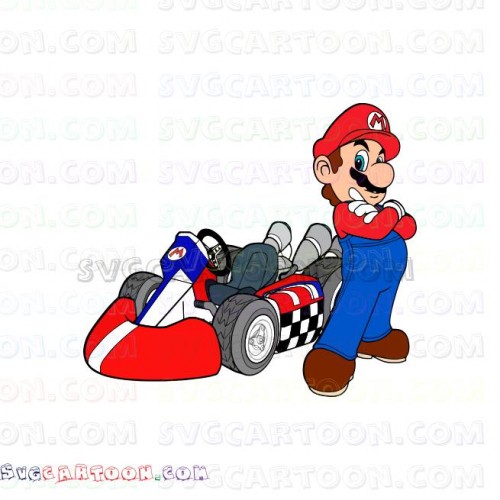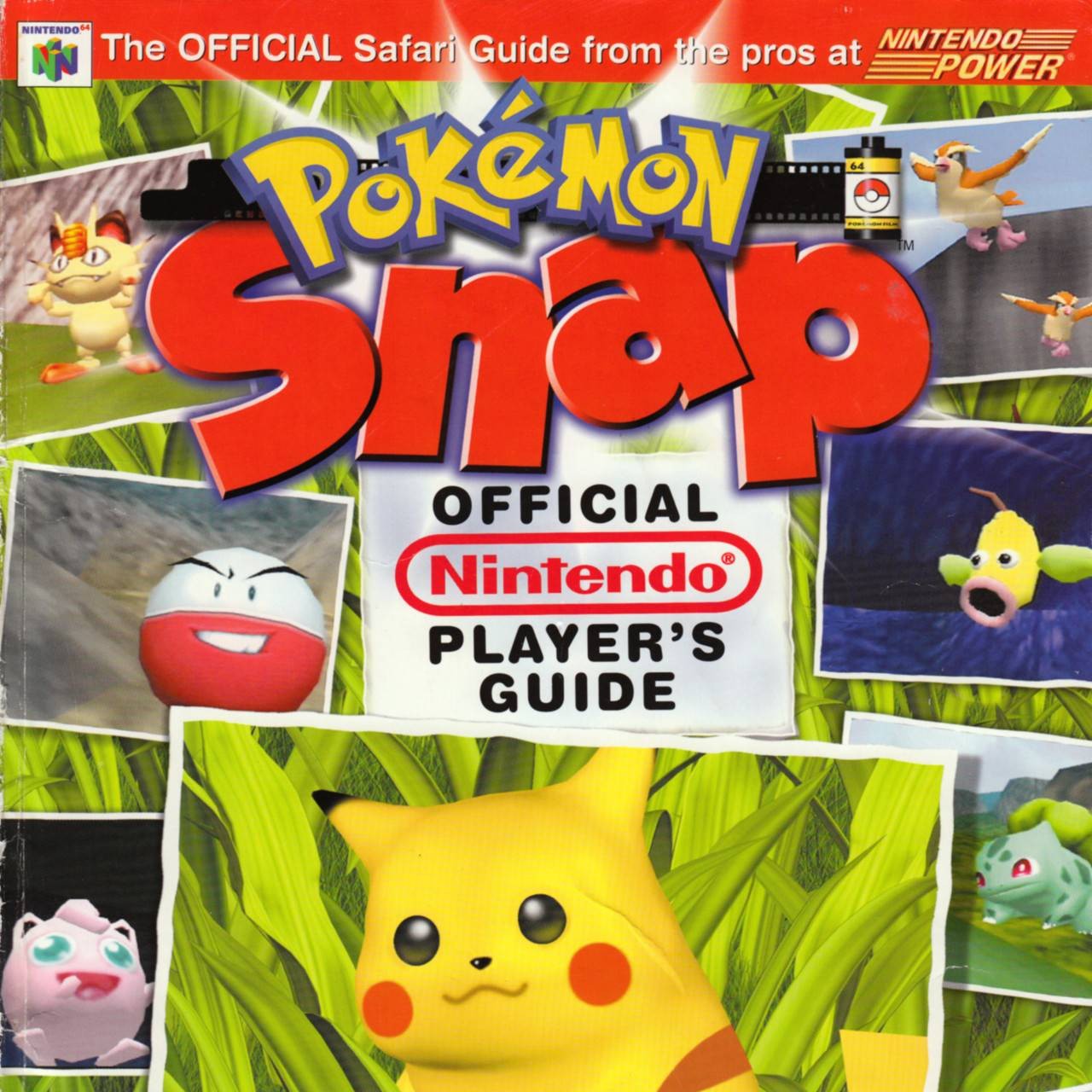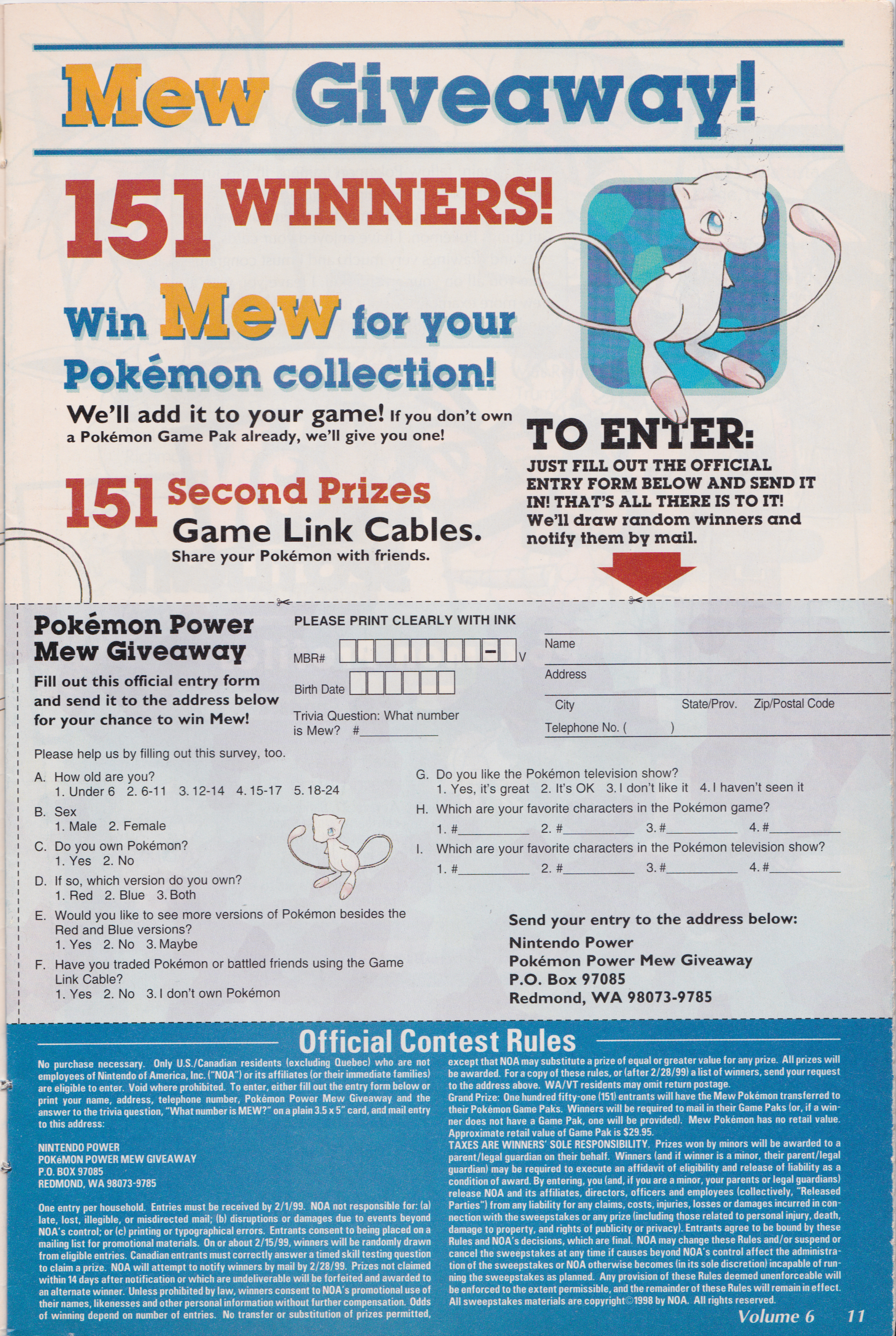- Nintendo Power Pdf Collection
- Nintendo Power Pdf Collection Download
- Nintendo Power Pdf Collection
- Nintendo Power Complete Collection Pdf
As stated in the title, I am looking for the old guide that Nintendo Power put out for this game. It spanned for 2 or 3 issues. It was really cool with great artwork. I found a NP magazine collection on.pdf but the quality was really poor. Nintendo Power Issue 1 Pdf This site is set up to digitally preserve video game magazines from 10 years ago and earlier for defunct magazines, and 15 years ago and earlier for current magazines. The rules for defunct magazines vary on a case-by-case basis.
Nintendo Power Pdf Collection
Well before the NES Mini's launch, Nintendo and other companies were already plumbing the nostalgic depths with classic-gaming re-releases, either as boxed items or downloadable software. However, most of these haven't come paired with that era's most common pack-in item: the instruction manual.
Sadly, the NES Mini doesn't come packed with a giant printed instruction manual for its 30 games (which could have affected its $60 price point). But the new, tiny hardware did prompt Nintendo to do something it has rarely ever done: scan and upload full, original-era print manuals as free PDF downloads.
We at Ars are big fans of digital archival in general, but in my case, that applies especially to classic gaming manuals. I pored through my collection of NES instruction booklets on a regular basis in the late '80s and early '90s. If it weren't for the manuals, in fact, I might not have gotten so much gaming access as a kid in that era.
To this day, my mother insists that instruction manuals and gaming magazines were the real reason she let me play so many games. It's a talking point every time I visit home for a holiday—'You and your brother couldn't stop reading those things,' she always says over a meal when the conversation turns to our earlier lives.I constantly kept a stack of manuals in the bathroom, even for games I'd beaten. The Zelda, Super Mario, and Kid Icarus manuals were written at my reading level, and I loved squinting at each monster description, complete with cartoon illustrations, again and again and again. Nintendo may have had the first major home-system push for visually readable characters in its games, as opposed to tiny dots, but the company's love for illustrations was very appealing to its clear target audience of younger players. I loved how the booklets drew out so many heroes and villains to feed my wild imagination. (Plus, I will admit here and now for the first time publicly: I thought it was so awesome that the Kid Icarus manual had uncensored boobs in it. I still have no idea how that got past Nintendo's crazed censors.)
The booklets also recall the pre-Internet era when games were that much more tactile—when series like Ultima or Zork came with maps, stories, and even scratch-and-sniff inserts. Most game manuals even included 'memo' pages that you could scribble passwords and other notes into. Everything in the box was there to keep you hooked on a $50-80 game for as long as a full year before you got more paper route money (and well before $5-and-less gaming began to dominate).
Whether your first gaming era came with the NES or with older or newer computer and gaming platforms, chances are the instruction manual meant just as much to you. Instruction manuals gave kids something to read and sink their teeth into between gaming sessions. They also helped artistically and thematically fill the blanks that simpler games relied on for years. There's a reason so many of us know the names of Nintendo franchise characters such as King Koopa, Octoroks, and the Eggplant Wizard. Those were printed in the manuals, not within the games themselves.
AdvertisementHow to make an adventure map!
The full-color, perfectly reproduced manuals released alongside the NES and Famicom Mini systems bring back that old feeling of discovery much better than the rewritten and reformatted on-screen guides that accompanied previous re-releases on Nintendo's Virtual Console service. As far as we can tell, Nintendo has rarely, if ever, reprinted the booklets directly in the years since their original releases (though the NES Classics line for the Game Boy Advance included printed manuals that resembled the original versions).
Sure, you could find these manuals (and many more) in massive archives maintained by amateur Internet historians with scanners. But the 30 PDFs attached to the NES Mini's launch appear to be sourced from the publishers' original print files rather than scans of dusty and yellowing paper. These PDFs are crisp. Really, really crisp.
Look no further than the Bubble Bobblemanual PDF, which includes a remarkable reproduction of its full-page comic strip (originally printed with some admittedly thin pen lines). The original NES manuals were notoriously tiny, measuring no larger than 5.25' wide by 4' long, which doesn't give much room to work with for an average consumer scanner. But zooming in on Nintendo's digital versions show a lot of care and digital clean-up work, especially around the edges of text on white pages.
Many of the manuals (at least, the ones after Nintendo's initial wave of boring black-and-white booklets) included intricate illustrations, and they've been cleaned and preserved pretty remarkably. If you wanted to make your own stickers, shirts, or other print-out products using the cool illustrations from, say, the story-loaded Kid Icarus
Kid IcarusNintendo Power Pdf Collection Download
or Metroid booklets, Nintendo has just given you the best raw printing assets for those that have ever existed publicly.While Nintendo didn't reproduce many of the games' packed-in pamphlets (such as ads for magazines), today's PDFs do include other instructional contents. Final Fantasy's PDF includes the game's massive 80-page manual and a series of map- and monster-filled posters. The original Legend of Zelda comes with a pretty robust set of guides and maps, as well. Nintendo also added a scan of the 'letter from your uncle' that shipped with all copies of Startropics. (You'll have to add the invisible-ink aspect of the original yourself.)
The rarer stuff: Japanese manuals
While NES manuals might not be hard to find on the Internet, scans of Japanese Famicom instructions are harder to come by on the English-speaking Web. That means Westerners have never gotten a better peek into the world of Famicom manuals than today, thanks to the Famicom Mini's 30 original booklets getting their own PDF publications—all with the same attention to reprint detail, no less.
AdvertisementIt's certainly interesting to examine the differences the Famicom booklets have with their American counterparts, which go well beyond replacing the Indo-European alphabet with Kanji script. The most intense contrast is Castlevania, whose full-color, art-loaded Japanese manual blows the whip-wielding pants off its American counterpart. Similarly, River City Ransom's Japanese booklet includes a lot more art; perhaps the American publisher didn't think Western kids would take as kindly to so many chibi-styled drawings. However, I can't quite tell why Acclaim didn't bring over the Japanese butt-kicking drawings in that country's Double Dragon II manual.
Nintendo's first-party manuals didn't leave Westerners in the dust as much, though the Japanese booklets included cool exclusives like a full-page Super Mario 3 airship mural and a cute drawing of Dr. Mario losing to Nurse Peach in his own two-player game. (Japanese booklets also had a ton of cute Famicom Disk System doodles, which Americans, understandably, never saw.) The major difference in those cases is the booklets' print orientation in portrait mode, versus NES booklets favoring landscape orientation. As a result, Japanese booklets tended to have larger reproductions of their drawings.
Rounding out the Japanese collection are scans of Famicom games that never reached the West, including a Tecmo sumo game, a sequel to River City Ransom, and the original Final Fantasy II (the one that launched on Famicom in 1988, not the American Super Nintendo game from 1991).

I still seek instruction (manuals)
As much as I love the $60 NES Mini, I would easily shell out an additional $60 to buy those 30 games' original instruction manuals—reprinted in their original, unedited glory. In a heartbeat. If Nintendo ever crossed the legal Ts and dotted the publishing Is to print these out as a hardcover book, the company could rest assured fans like me would buy a few copies—I'd get them for myself and for younger family members who've already begun devouring game-related books. Maybe there's hope on this front: Viz Media recently reprinted Super Mario comics that ran in
Nintendo Power Pdf Collection
Nintendo Power in 1993. The trade-paperback book is only $15, and it's pretty high quality.Why Nintendo hasn't previously included these manual reproductions with its Virtual Console offerings is a bit bewildering. Thursday's PDF dump makes clear that the company has access to a ton of high-res manual assets (and has gotten those from participating third parties, as well). The company could go a long way toward preserving these increasingly rare pieces of gaming history with more free or paid reproductions. I can only hope today's news is a harbinger of happier bathroom-reading days to come.
Nintendo Power Complete Collection Pdf
Everybody got a real kick out of the first issue of Nintendo Power, so this week I figured I should get around to highlighting the second issue of the Nintendo Fanboy Mag.
Bionic Commando is one of the primary NES games that has held up well over the years and has not really been replicated in newer generations. On page 6 (by the mags’ page #s), you will find a well-rounded guide to maximizing your gameplay and technique while playing throught the classic action platformer. (on Page 43 you will find a full poster for Bionic Commando as well)
Page 24 begins the cover story: a complete guide to Castlevania 2: Simons Quest. I features a wide array of tips, strategies, and maps. Additional guides and features are included for games such as Super Mario Bros. 2, R.C. Pro-Am, and Blaster Master.
The NES Journal feauture had some interesting tidbits. First of all, on page 92, the Power Pad is introduced and on page 93, Nintendo Power has an interview with Chris and Tim Stamper for Rare Ltd. Back in 1989, Rare was primarily known for games such as R.C. Pro-AM Racing and JetPac, but as many of you know, they later when on to make titles such as Battletoads, Donkey Kong Country, 007 Goldeneye, and Perfect Dark. The wasn’t a lot of info in the interview, but it was still interesting to see such an early feature on Rare.
Download:
Torrent File (Please Use This)
Mirror 1
If you’d like to join in on the magazine scanning action, make a post on this forum thread and let us know what you have to offer.
If you’d like to be stay on top of my (hopefully) weekly magazine scan releases, subscribe to my feed.

As with the first, this issue was scanned by RetroMags and pieced together by Underground Gamer
Similar Posts From These Categories:
Nintendo, NES, Downloads